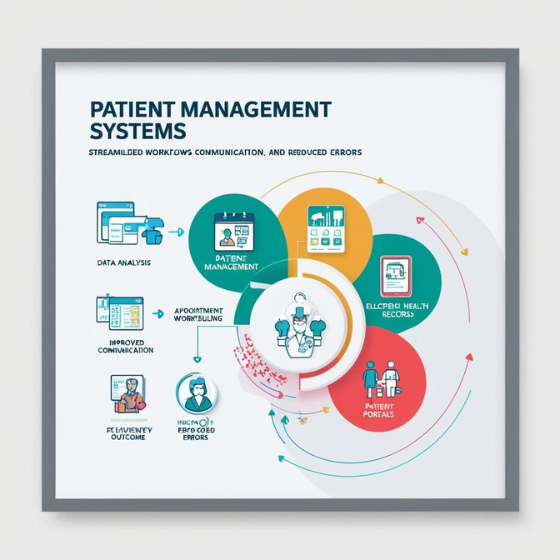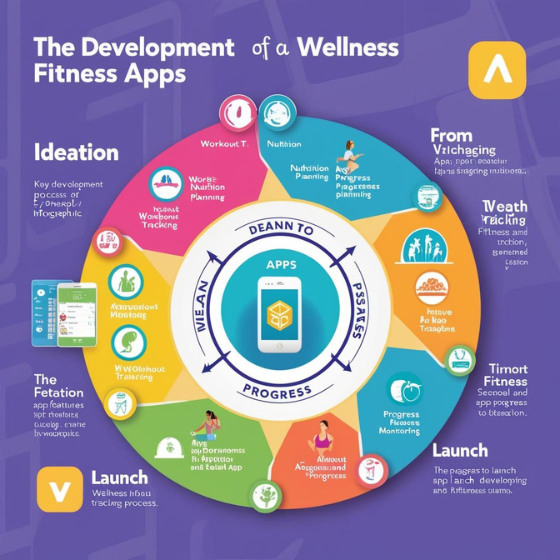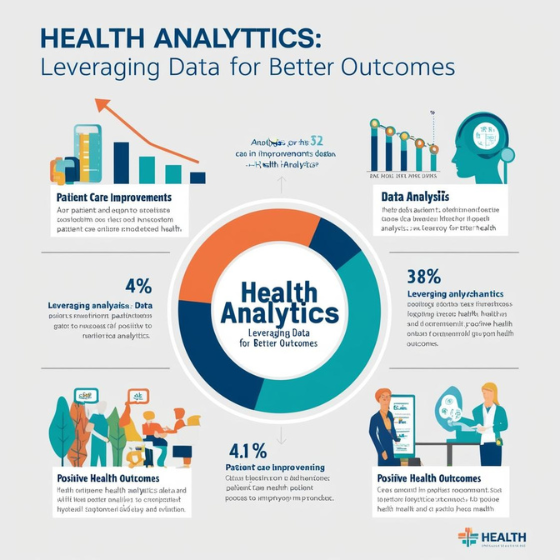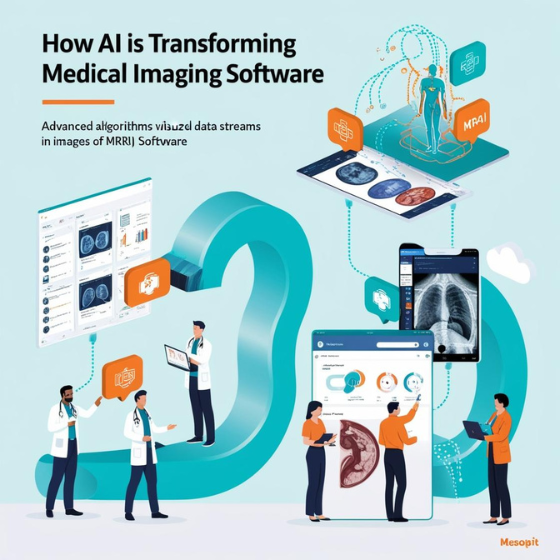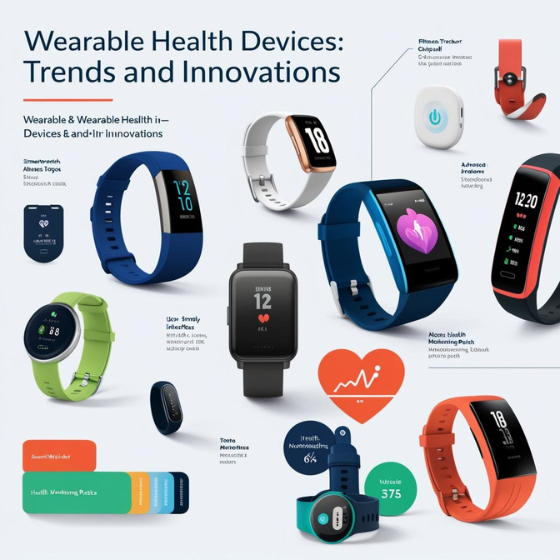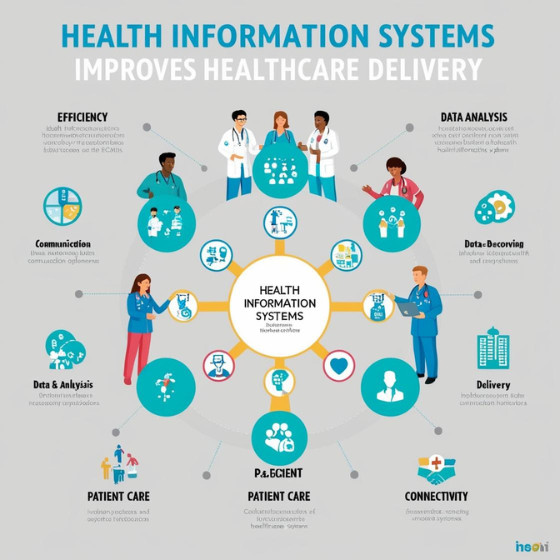Patient Management Systems: Improving Efficiency in Healthcare
In today’s rapidly evolving healthcare landscape, the need for efficient and reliable systems has never been more urgent. One of the most impactful innovations driving this change is Patient Management Systems. These systems, which integrate technology with healthcare operations, offer numerous benefits, including enhanced patient care, streamlined administrative processes, and improved data management. If you’re in the healthcare industry, understanding how Patient Management Systems are improving efficiency in healthcare is essential for staying ahead of the curve.
In this blog, we’ll explore the key features and benefits of Patient Management Systems, how they address common healthcare challenges, and why adopting them can help healthcare providers deliver better services. You’ll also discover how Sodio’s technology solutions can help you leverage these systems to streamline your practice.
What Are Patient Management Systems?
Patient Management Systems are software solutions that healthcare organizations use to manage patient data and streamline various aspects of healthcare operations. From appointment scheduling to medical record keeping, these systems help improve efficiency, reduce human error, and enhance the overall patient experience.
The ability to track patient information in real-time, manage appointments seamlessly, and access accurate medical histories from anywhere in the world, has made these systems indispensable in modern healthcare. Patient Management Systems also integrate with electronic health records (EHR) and other healthcare software, creating a unified platform for healthcare providers.
Key Features of Patient Management Systems
To fully appreciate how Patient Management Systems are improving efficiency in healthcare, it’s important to understand their core features. Below are some of the essential capabilities these systems offer:
1. Centralized Patient Data
A key feature of Patient Management Systems is the centralized storage of patient information. This includes contact details, medical history, lab results, medications, and treatment plans. Having all this information in one place eliminates the need for paper records and reduces the risk of missing critical data.
2. Appointment Scheduling and Reminders
Scheduling appointments can be time-consuming and prone to errors, especially in high-volume clinics. Patient Management Systems help streamline this process by providing an intuitive interface for patients to book, reschedule, or cancel appointments. They also send automated reminders via SMS or email, reducing the likelihood of missed appointments.
3. Billing and Insurance Management
Managing billing and insurance claims can be one of the most tedious tasks in healthcare management. Patient Management Systems help automate this process, ensuring accurate billing, coding, and insurance claim submissions. This not only saves time but also helps reduce errors and prevent delayed reimbursements.
4. Real-Time Data Access
One of the most significant benefits of Patient Management Systems is real-time access to patient data. Healthcare providers can access up-to-date patient records instantly, which helps in making quicker decisions and improving treatment outcomes. For example, during a consultation, doctors can review test results and medical history within seconds, enabling them to diagnose more effectively.
5. Enhanced Communication
Communication between patients and healthcare providers can be complicated, especially in busy practices. Patient Management Systems facilitate better communication by offering messaging features, appointment alerts, and direct communication channels between patients and providers. This feature improves patient engagement, making healthcare more accessible and responsive.
How Patient Management Systems Improve Healthcare Efficiency
1. Reducing Administrative Workload
Healthcare administrators often have to manage mountains of paperwork, from patient records to appointment logs and insurance claims. Patient Management Systems significantly reduce this burden by automating many of these tasks. By digitizing administrative functions, the system not only saves time but also enhances accuracy, making operations more efficient overall.
For instance, administrative staff no longer have to manually enter patient information into different systems or deal with paper charts. Everything is handled in real-time, minimizing the chances of human error and data duplication. This efficiency improves workflow and allows staff to focus on more pressing tasks, such as patient care.
2. Improving Patient Experience
A well-functioning Patient Management System enhances the overall patient experience. Patients benefit from features such as easy appointment scheduling, seamless communication, and quicker response times from healthcare providers. Automated reminders help reduce no-shows, while digital records ensure that patients’ information is always available to their healthcare team, improving the quality of care.
For example, patients who book their appointments online can choose available time slots, reducing waiting time. With a system that can track and notify them of upcoming appointments, the entire process becomes more efficient, making it easier for patients to access the care they need.
3. Enhancing Data Accuracy and Security
With the integration of secure databases and encrypted systems, Patient Management Systems ensure that patient data is not only accurate but also secure. The digital nature of the system eliminates the risks of misplaced paper records or errors from manual data entry.
Moreover, many Patient Management Systems are compliant with healthcare regulations, such as HIPAA (Health Insurance Portability and Accountability Act), ensuring that sensitive patient information is protected from unauthorized access.
4. Optimizing Resource Management
In healthcare, resource management is crucial to maintaining efficiency. Whether it’s tracking the availability of medical staff or managing the use of equipment, Patient Management Systems provide a unified platform to monitor resources. This optimizes scheduling, ensuring that resources are used efficiently and that healthcare staff are not overburdened.
For example, these systems can help track physician availability and adjust appointment slots accordingly, minimizing idle time and maximizing staff productivity.
Real-World Impact: Case Studies of Patient Management Systems
To better understand how Patient Management Systems are improving efficiency in healthcare, let’s look at some real-world examples.
Case Study 1: A Private Medical Practice
A private medical practice with several physicians implemented a Patient Management System to address inefficiencies in patient scheduling and billing. Before the system, staff spent a significant amount of time on the phone scheduling appointments and manually processing insurance claims. After implementing the new system, appointment scheduling became automated, reducing staff workload by 40%. Billing and insurance claims were streamlined, resulting in a 25% increase in timely reimbursements. Patient satisfaction also improved due to faster response times and the ease of booking appointments.
Case Study 2: A Large Hospital Network
A large hospital network adopted Patient Management Systems to integrate patient data across multiple departments. The system allowed for better coordination between physicians, nurses, and administrative staff. The implementation led to a 30% reduction in the average time spent on administrative tasks. Physicians had real-time access to patient data, which improved diagnosis times and patient outcomes. The hospital also saw a decrease in medication errors and a reduction in patient complaints.
How Sodio Can Help You Implement Patient Management Systems
At Sodio, we specialize in providing cutting-edge solutions to streamline healthcare operations. Our Patient Management Systems integrate seamlessly with your existing software, offering user-friendly interfaces, enhanced security, and powerful features designed to improve efficiency.
Whether you are looking to automate scheduling, manage patient data securely, or improve communication with patients, Sodio’s solutions can help you meet your goals.
Explore our healthcare solutions or contact us today to learn more about how we can optimize your healthcare operations.
Conclusion
Patient Management Systems are revolutionizing healthcare by improving efficiency and enhancing patient care. By automating administrative tasks, improving data accuracy, and optimizing resource management, these systems help healthcare providers deliver better services while reducing costs and errors.
As the healthcare industry continues to evolve, adopting Patient Management Systems is essential for staying competitive and providing the best care possible. If you’re ready to take the next step in improving healthcare efficiency, Sodio can provide the technology and support you need.
Ready to transform your healthcare practice? Get in touch with Sodio today!
